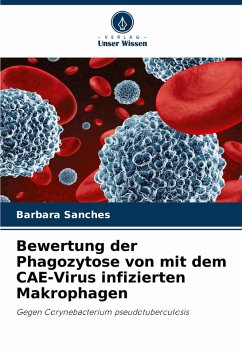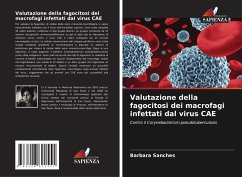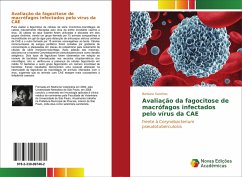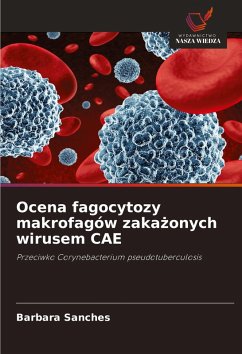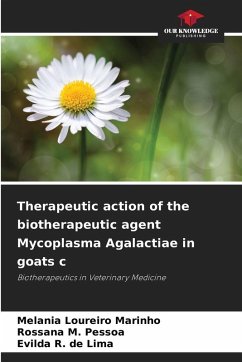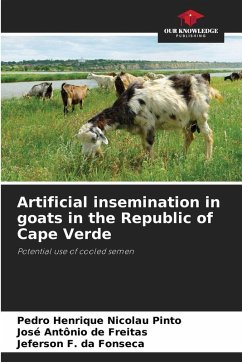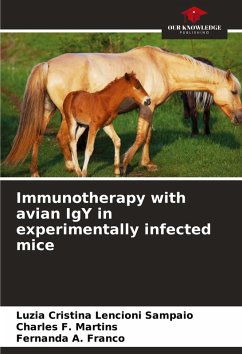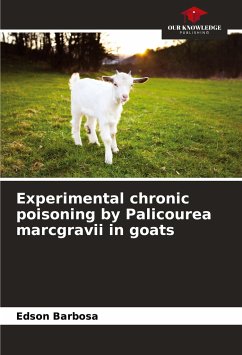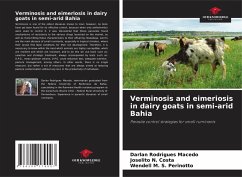
Evaluation of the phagocytosis of CAE virus-infected macrophages
Against Corynebacterium pseudotuberculosis
Versandkostenfrei!
Versandfertig in 6-10 Tagen
24,99 €
inkl. MwSt.

PAYBACK Punkte
12 °P sammeln!
In order to assess the phagocytosis of cells from the monocyte-macrophage series in goats naturally infected with caprine encephalitis virus, 30 Saanen goats were used and allocated into two different groups, one group consisting of 15 animals that were seropositive to agar gel immunodiffusion for the detection of serum antibodies to CAE virus and the other consisting of 15 animals that were seronegative to the test. Peripheral blood mononuclear cells were isolated by concentration gradient and plated on polystyrene plates to isolate cells from the monocyte-macrophage series. After their adhes...
In order to assess the phagocytosis of cells from the monocyte-macrophage series in goats naturally infected with caprine encephalitis virus, 30 Saanen goats were used and allocated into two different groups, one group consisting of 15 animals that were seropositive to agar gel immunodiffusion for the detection of serum antibodies to CAE virus and the other consisting of 15 animals that were seronegative to the test. Peripheral blood mononuclear cells were isolated by concentration gradient and plated on polystyrene plates to isolate cells from the monocyte-macrophage series. After their adhesion, the bacterium Corynebacterium pseudotuberculosis was added as an antigenic challenge. Two types of phagocytosis were observed in relation to the number of bacteria internalised in the cytoplasmic vacuoles of the macrophages: cells phagocytosing an average of 12 bacteria and another group phagocytosing a countless number of bacteria. These results show a possible change in the intensity of macrophage phagocytosis in animals infected with the virus, suggesting that animals with CAE are more susceptible to caseous lymphadenitis





